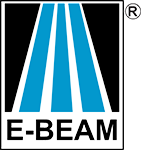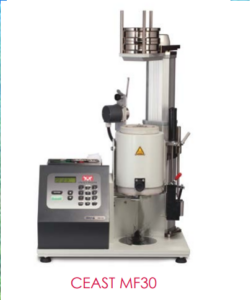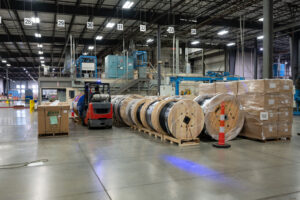With the different curing options out there, how do you know which one is best for your product? UV curing is a good method for surface treatments, however UV has limited penetration. Thermal curing may provide the answer for some thicker materials, however e-beam curing has several advantages over the thermal curing process:
- Lower energy consumption (as little as 10% of thermal cure), especially for large products.
- Faster cure time, and therefore higher processing rate.
- Curing occurs at ambient temperature, which greatly reduces internal stresses. This is beneficial for producing parts demanding high performance (such as low temperature applications).
- Large products can be accommodated that may not fit in an autoclave.
- Less complicated tooling and cheaper, temperature-sensitive tooling materials can be used.
- Easier handling—refrigeration is not necessary to store uncured resins.
- Better process control— the degree of curing at different product locations can be controlled precisely.
- Reduced VOC emissions because chemical thermoset agents are not required (typically a 90% reduction).
These advantages can provide an economic benefit to your process while also improving quality and homogeneity of your finished composites. Give us a call today to see how E-BEAM can help!
Reference: Radiation Processing of Polymer Materials and Its Industrial Applications, Rosato’s Plastics Dictionary
www.ebeamservices.com • Ohio (513) 933-0031 • New Jersey (609) 655-7460



